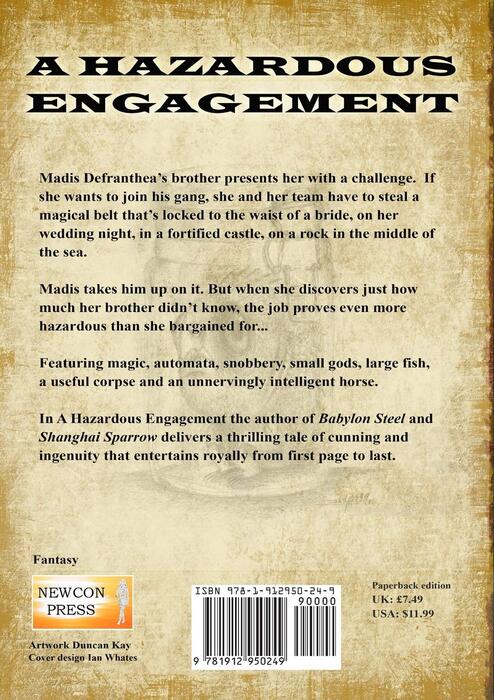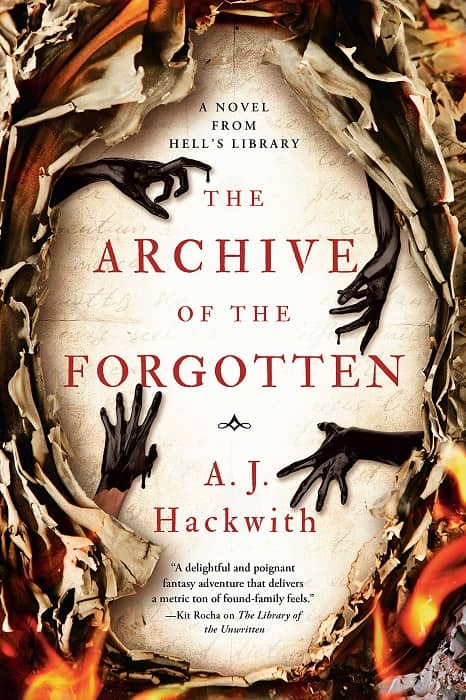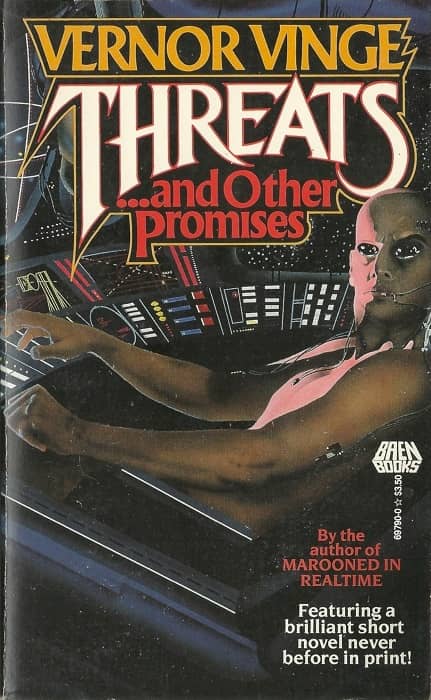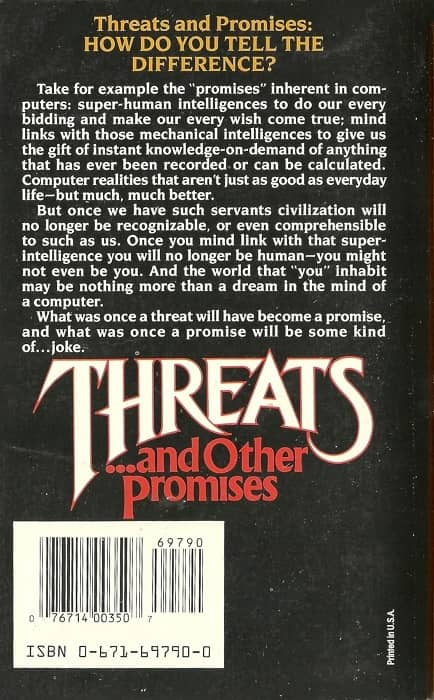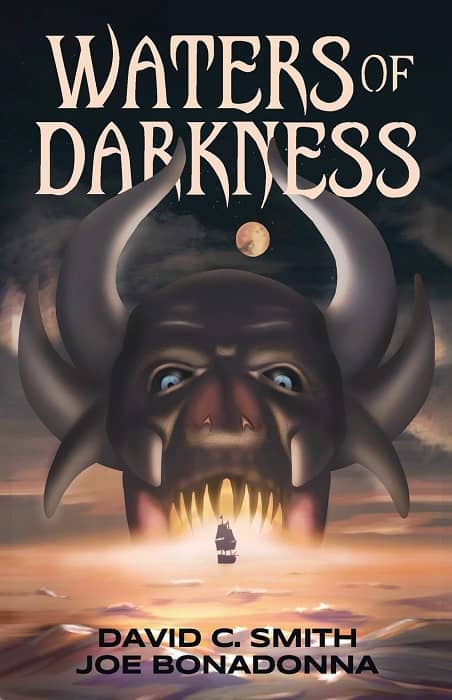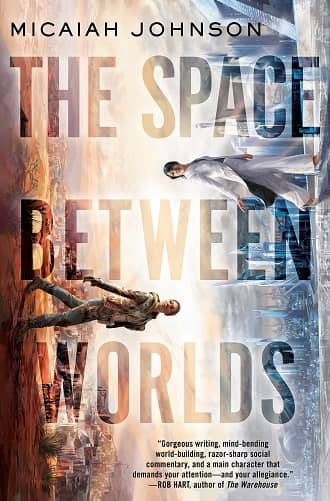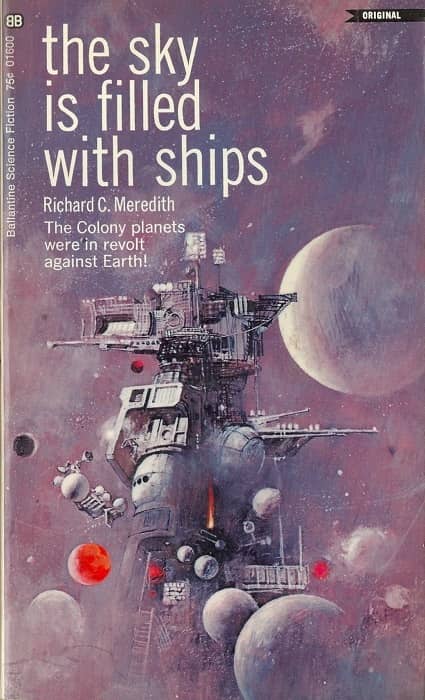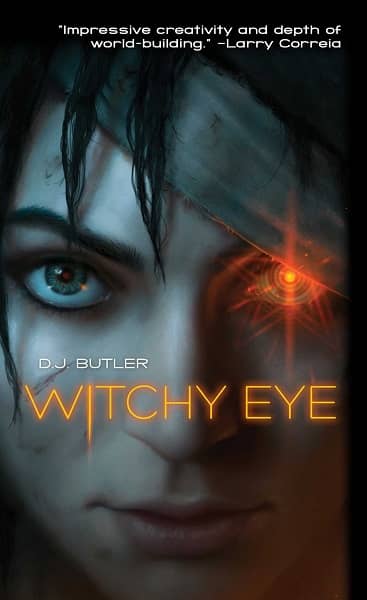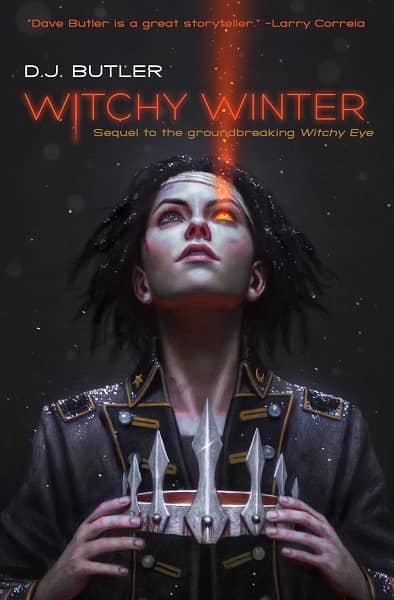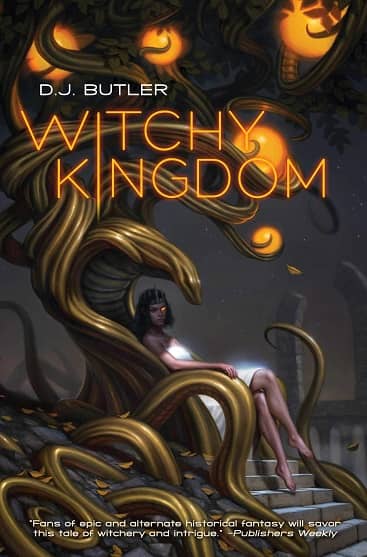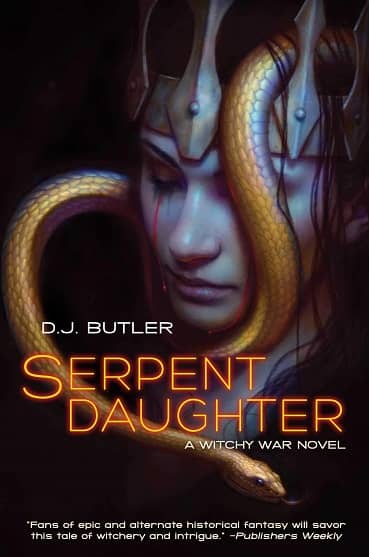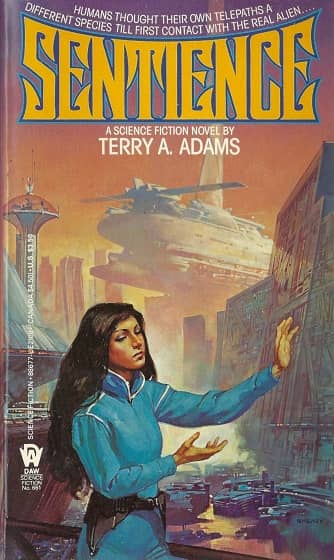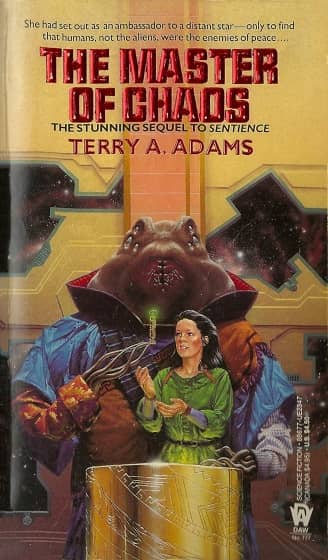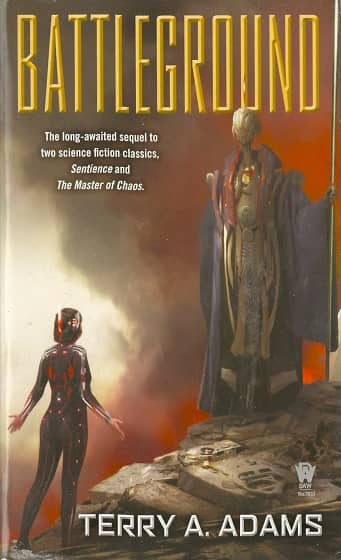New Treasures: Rebel Sisters, Book 2 of War Sisters by Tochi Onyebuchi
 |
 |
Cover by Nekro (left) and unknown (right)
In his enthusiastic review of War Girls here at Black Gate, Jeremy Brett wrote:
War Girls is a novel of intense, determined hope in the face of overwhelming obstacles; in this current historical moment it’s exactly the book we need. In 2172, the world is a damaged place. Climate change and war have destroyed much of the Earth, and millions have fled the planet… The war has left much of the area saturated in radioactivity that kills or mutates the local wildlife, and battles are fought using unmanned drones, human-piloted mechs, and augmented soldiers refitted with bionic limbs.
Onyii is such a soldier, a young woman and war hero who lives to protect both her new nation and her adopted orphaned sister Ify. When the two become separated through the usual vagaries of war, they find themselves on opposite sides of the conflict…. Part of the greatness of this book lies in Onyebuchi’s multidimensional descriptions of war. Yes, giant mechs fly through the skies and attack each other with gun and sword, which is always fun and exciting and begs to be a movie. But also, children are taken and augmented to become pitiless warriors, at the cost of their humanity and that of the people who build and direct them… There are exciting gunfights, but there are also moments of quieter emotional and physical healing.
The sequel Rebel Sisters arrived in hardcover last month, and it looks like a worthy follow up. Kirkus Reviews calls it “A thought-provoking, action-packed addition to the series,” and there’s been plenty of interest here in our offices. Looks like I’ve found a good 2-book series to dive into over the Christmas break.
Rebel Sister was published by Razorbill on November 17, 2020. It is 464 pages, priced at $18.99 in hardcover and $10.99 in digital formats. The cover artist is uncredited. Read an excerpt (or listen to an audioclip) here.
See all our latest coverage of the best new releases in SF and fantasy here.

